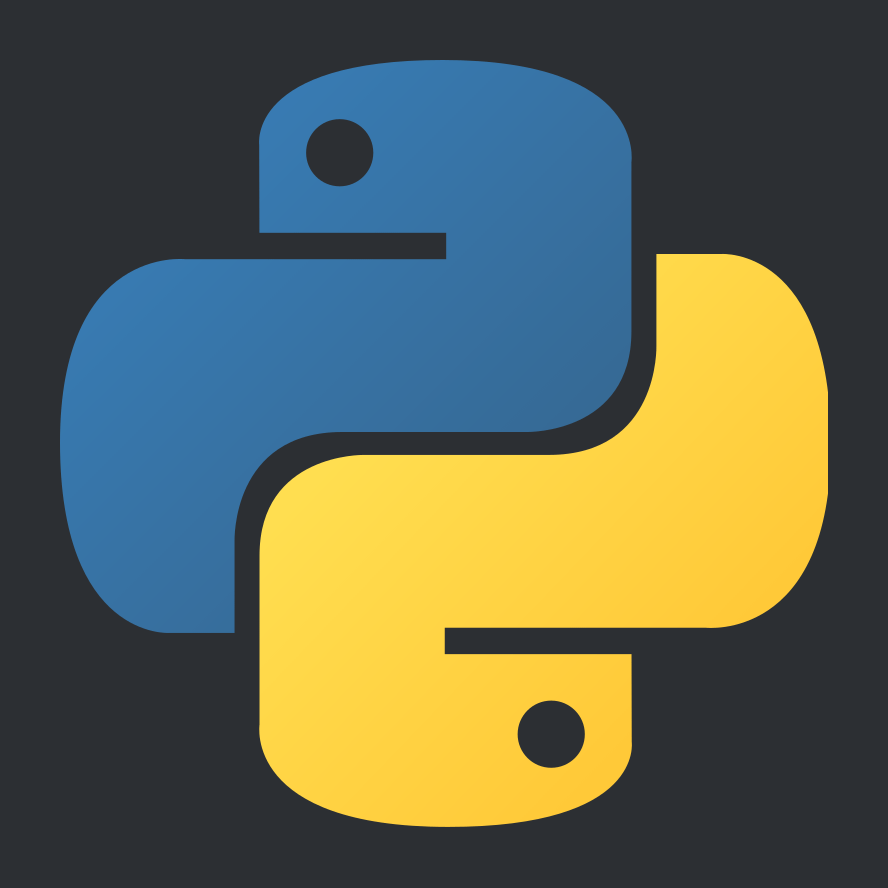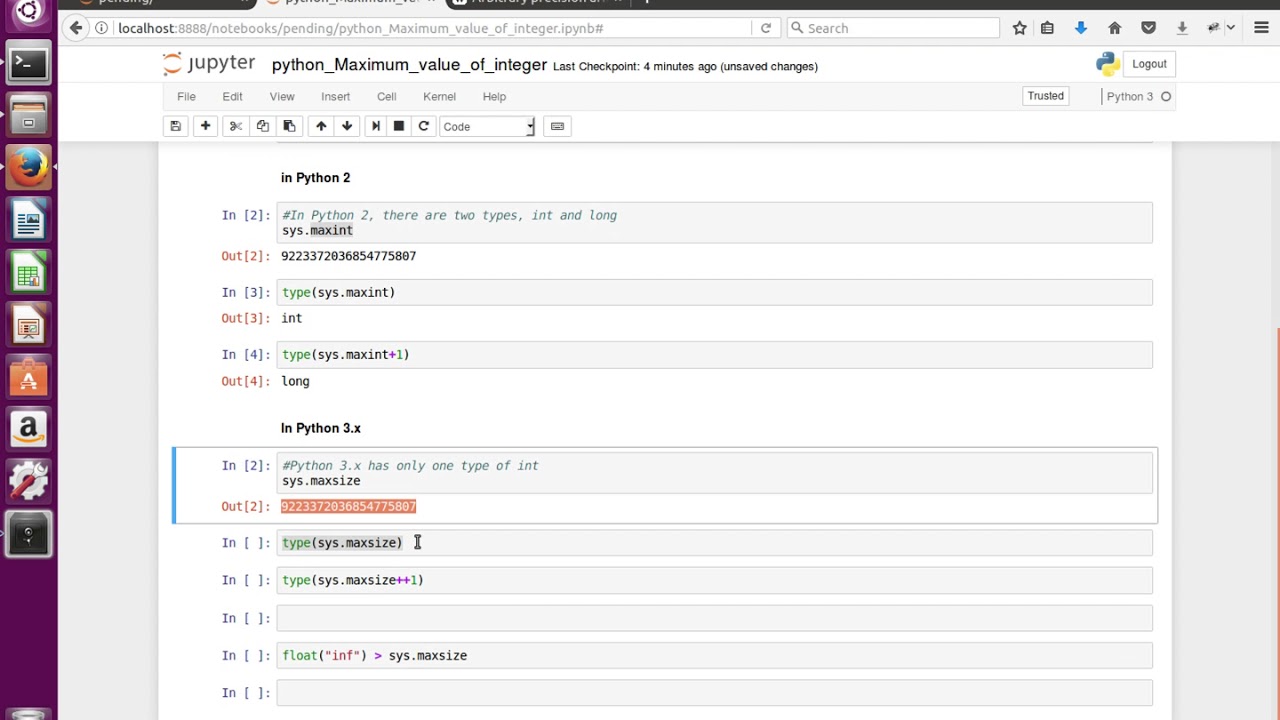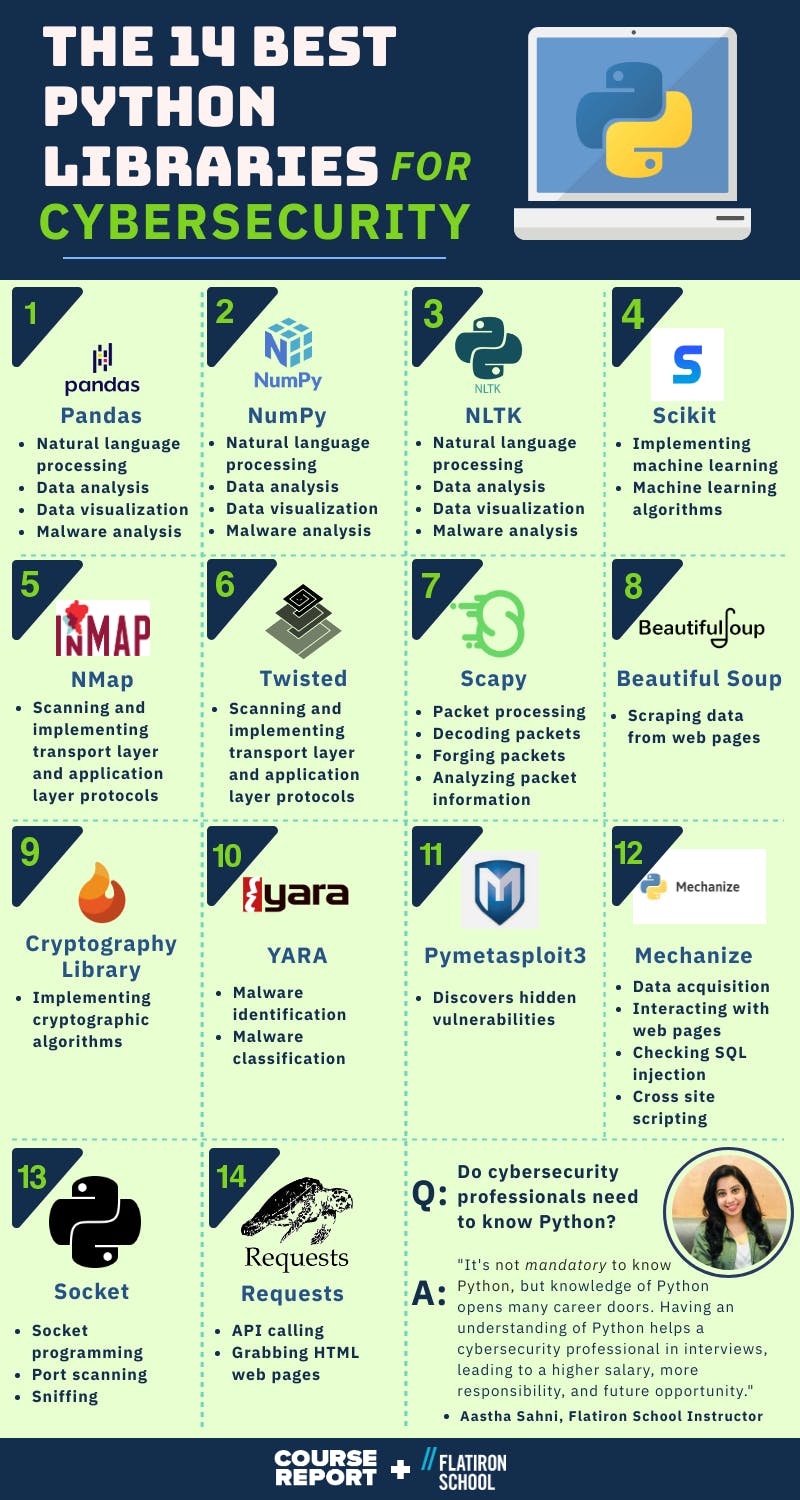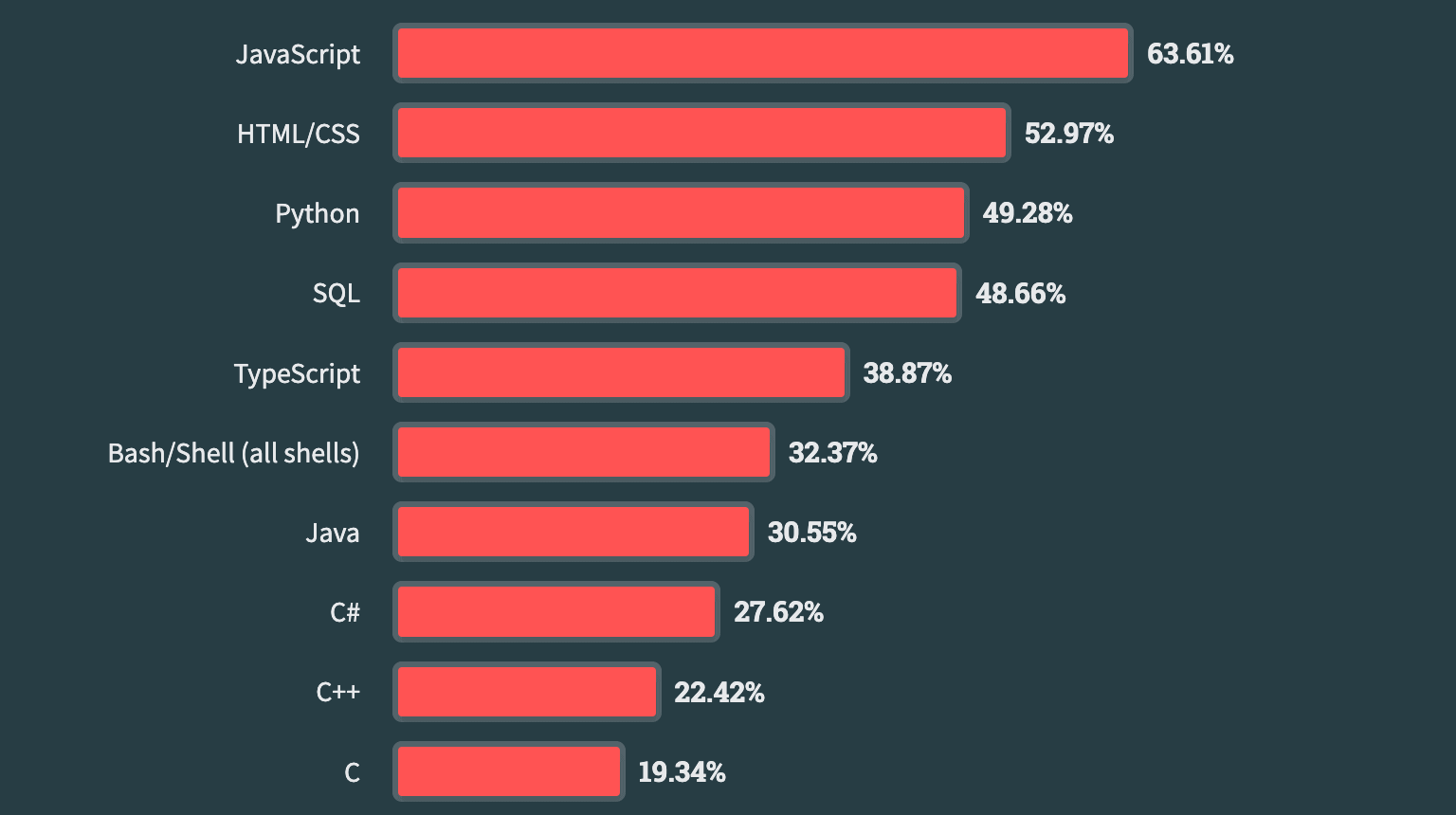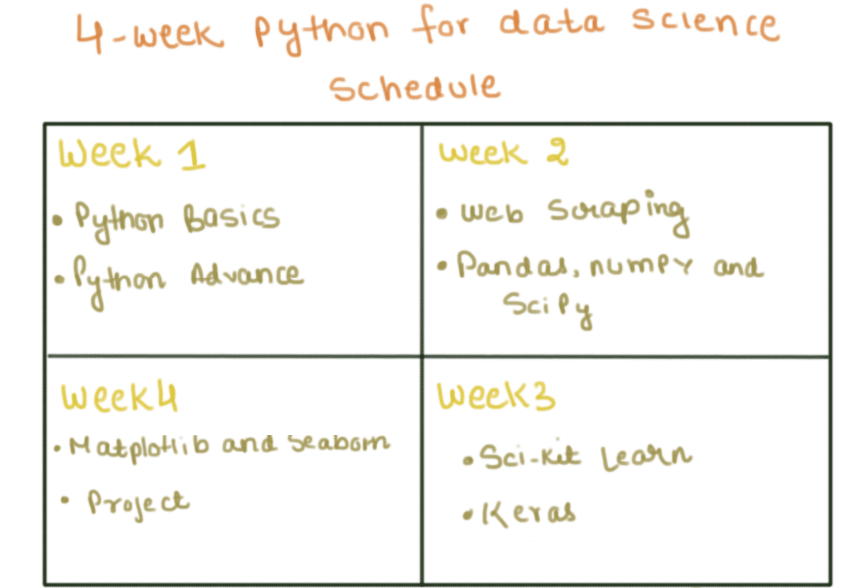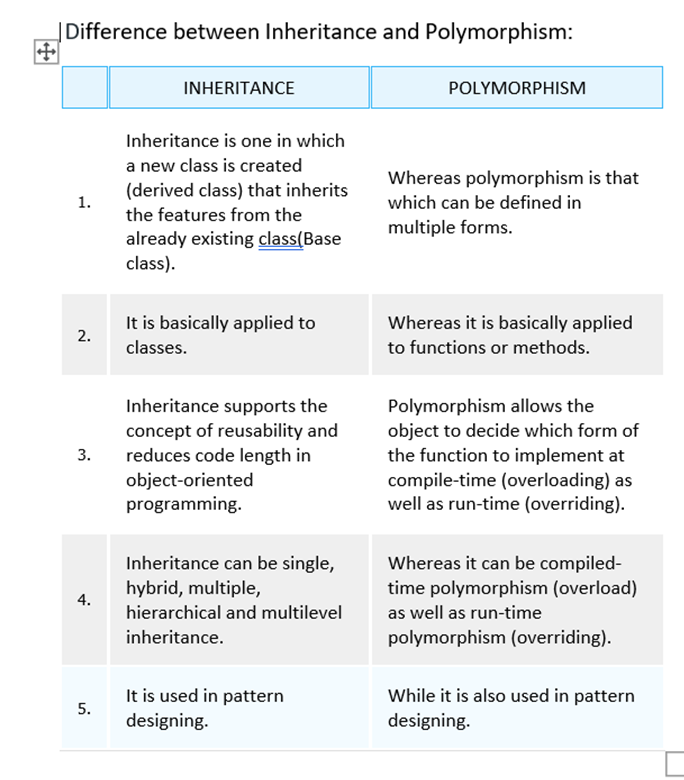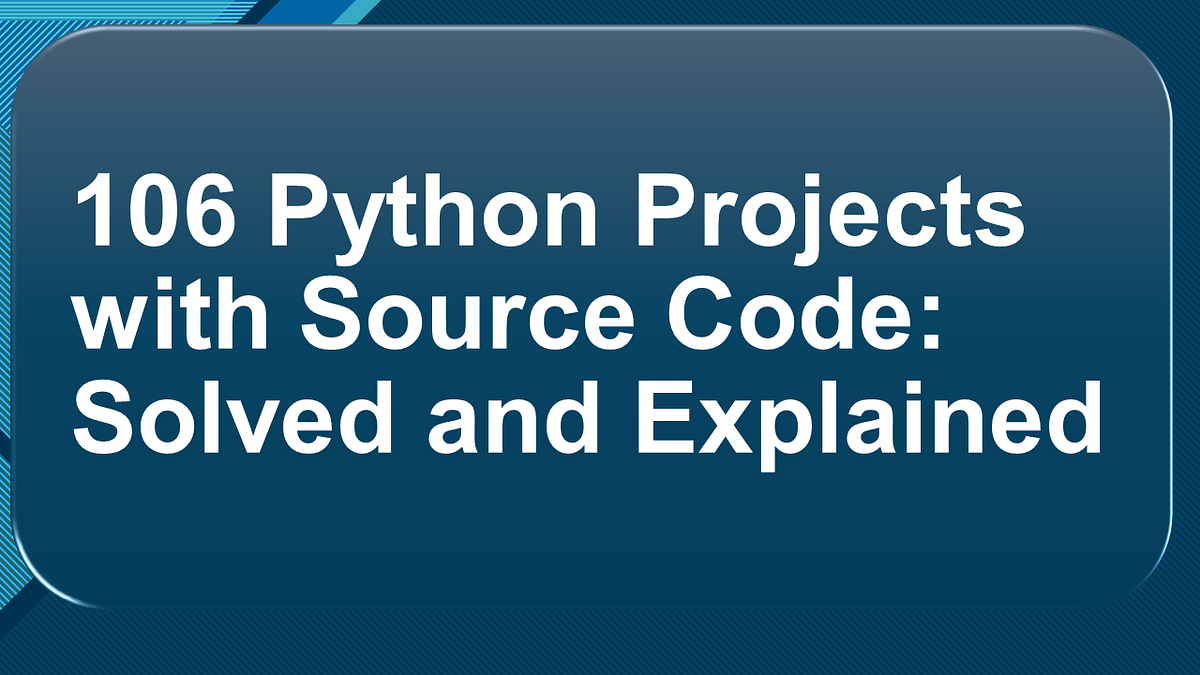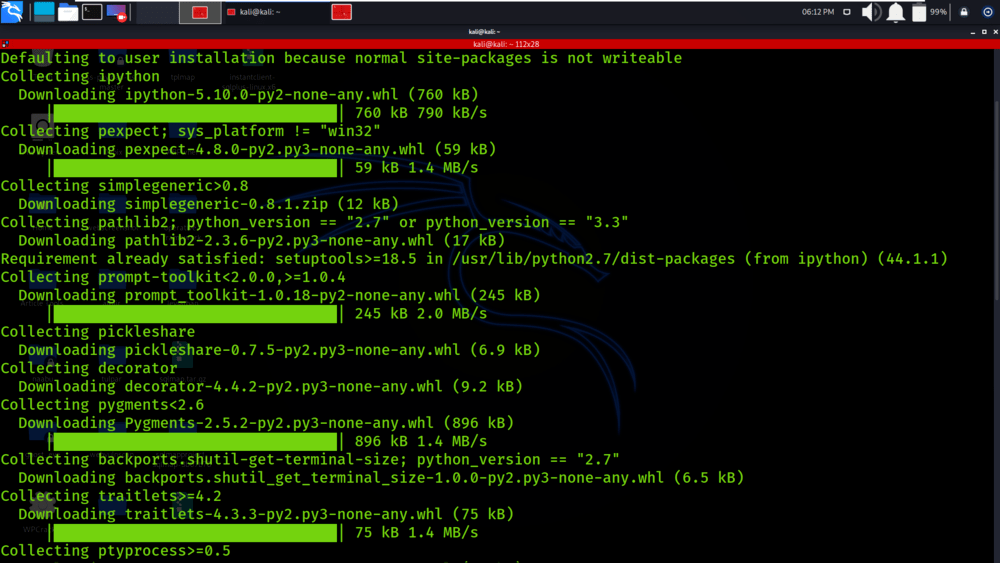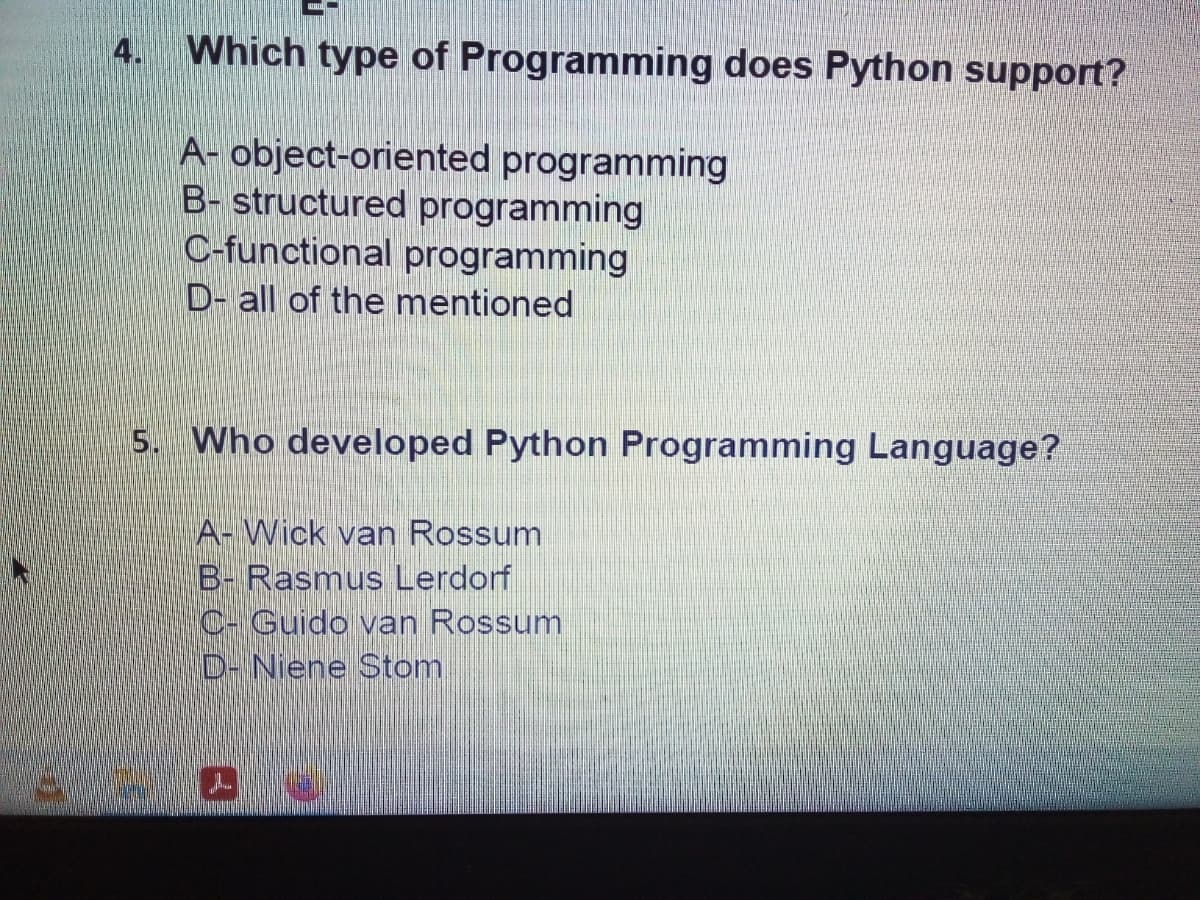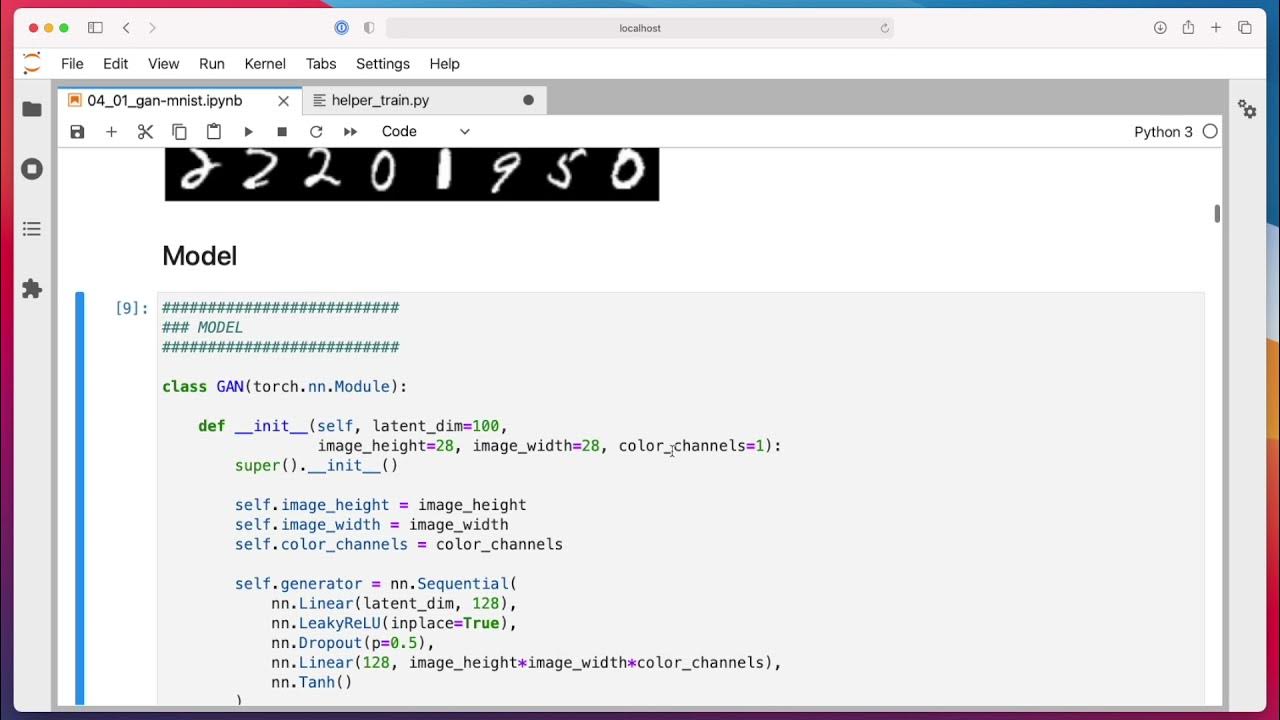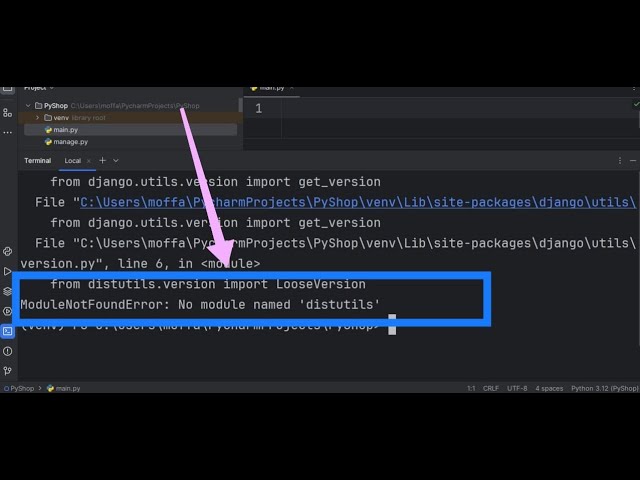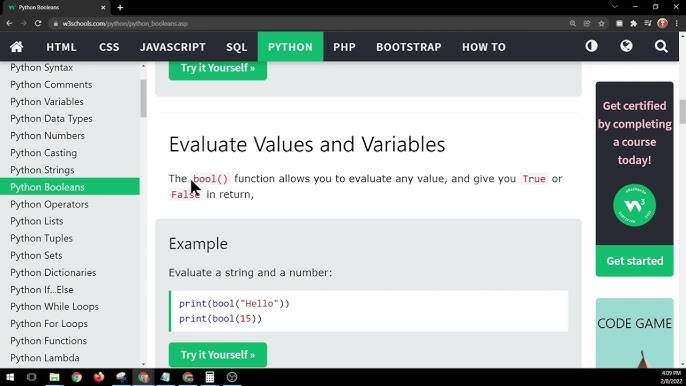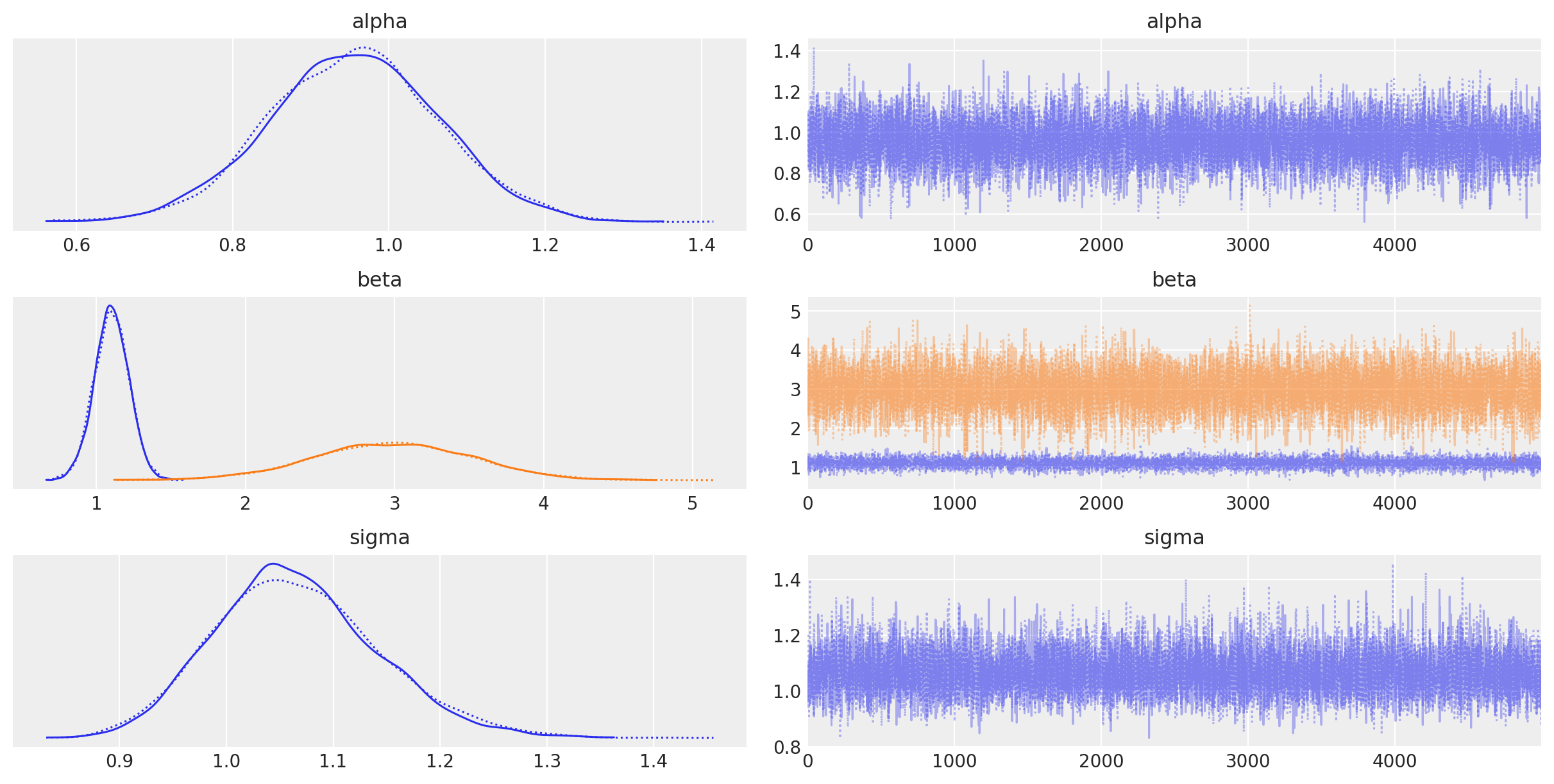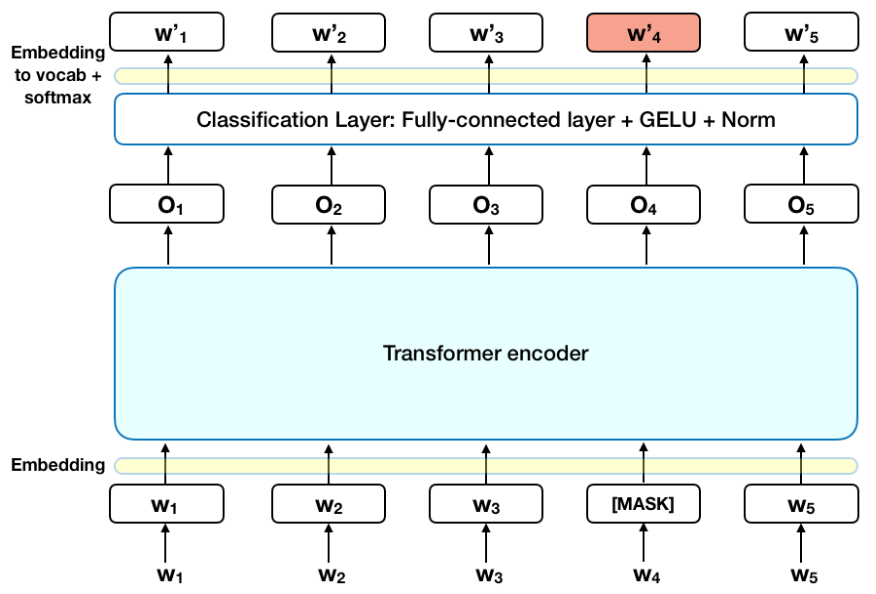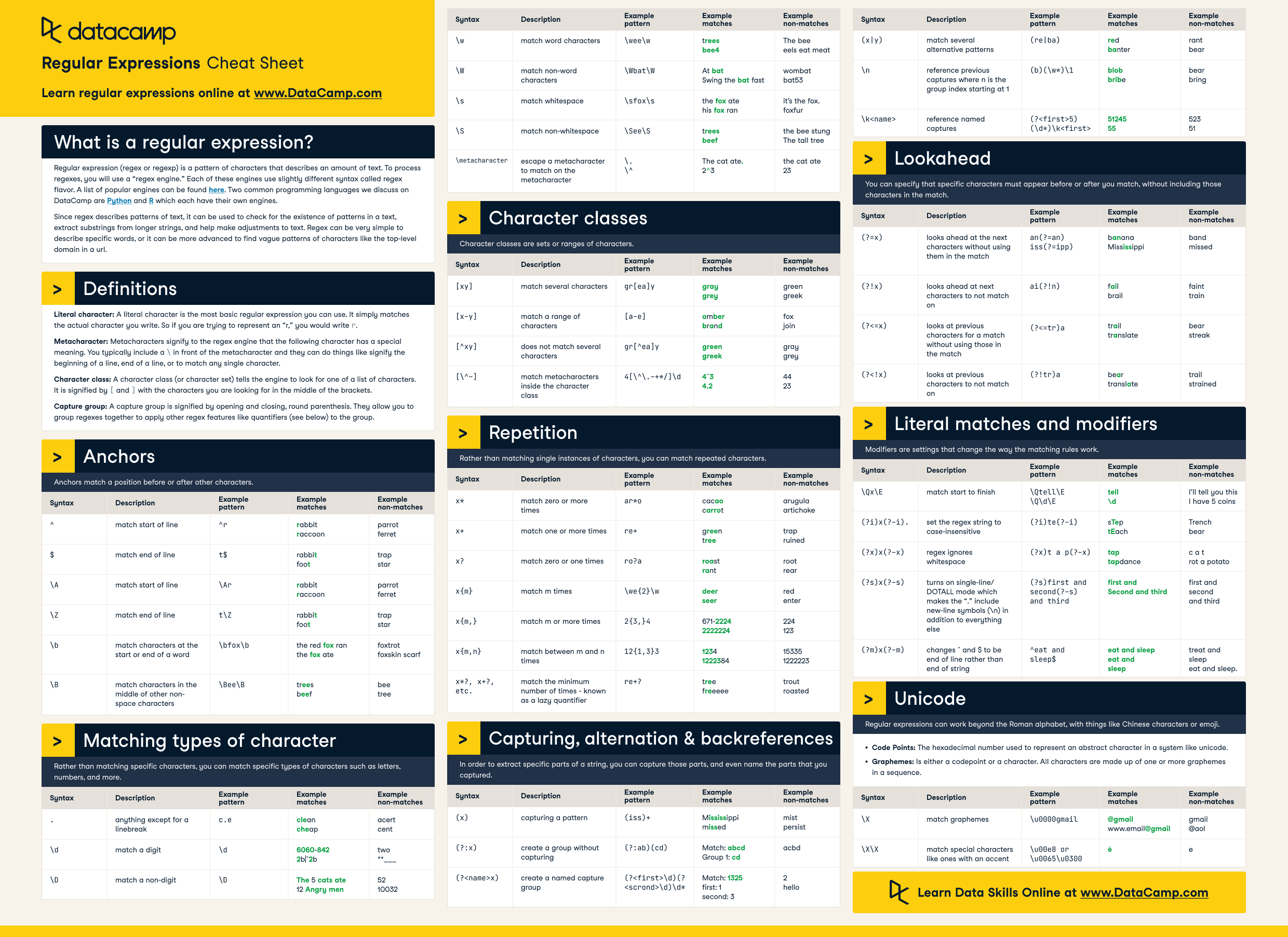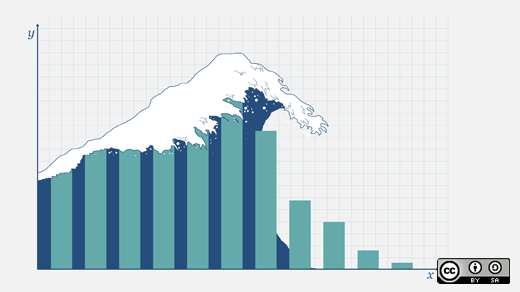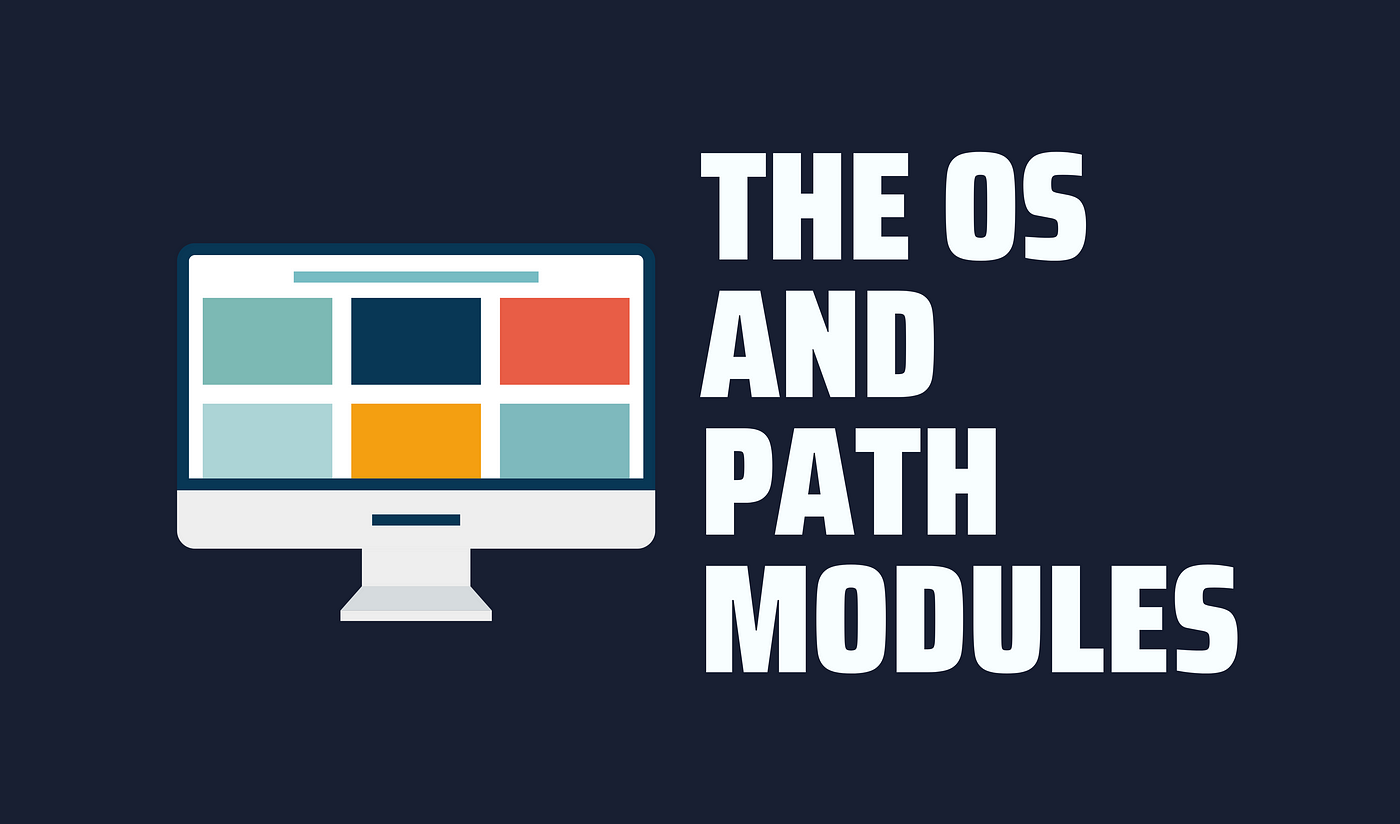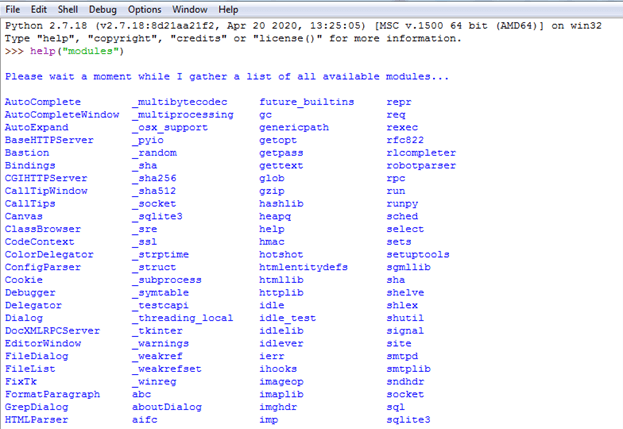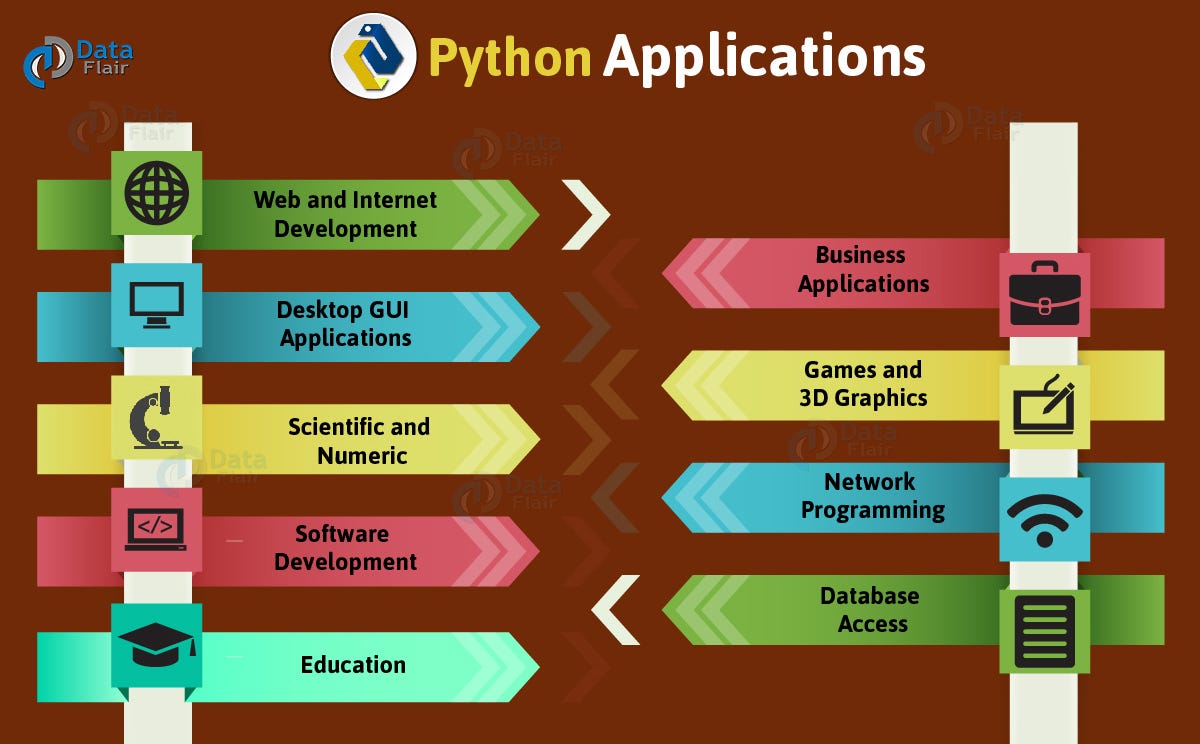What are Python basics?
What are Python basics?
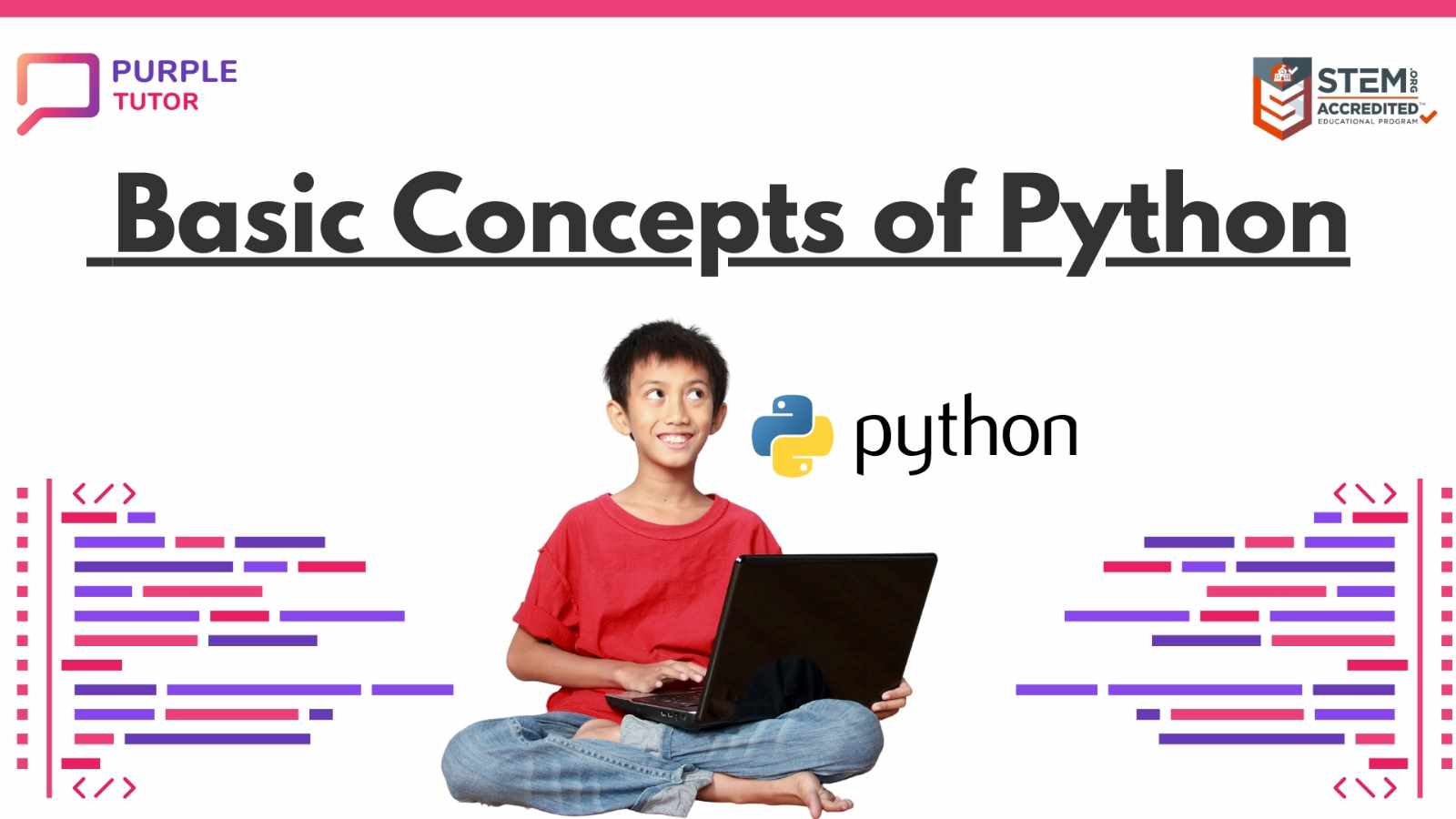
I'm happy to help! Here's an overview of the basic concepts and syntax of Python:
Variables and Data Types
In Python, you can assign a value to a variable using the = operator. For example: x = 5. The data type of a variable is determined by the assigned value, for instance, x becomes an integer.
Python has several built-in data types, including:
Integers (int): whole numbers without decimals (e.g., 1, -10) Floats (float): decimal numbers (e.g., 3.14, -0.5) Strings (str): sequences of characters, like words or sentences Boolean values (bool): either True or False Lists (list): ordered collections of items (e.g., [1, 2, 3]) Tuples (tuple): ordered, immutable collections of items (e.g., (1, 2, 3)) Dictionaries (dict): unordered collections of key-value pairs (e.g., {"name": "John", "age": 30})
Operators
Python has various operators for performing arithmetic, comparison, logical, and assignment operations. Some examples:
Arithmetic operators:+, -, *, /, %, ** (exponentiation) Comparison operators: ==, !=, <, <=, >, >= Logical operators: and, or, not Assignment operators: =, +=, -= , *= , /= , **=
Control Structures
Python has several control structures that allow you to execute specific code blocks based on conditions or iterations:
Conditional statements:if statement: executes code if a condition is true elif statement: executes code if the previous condition was false and this one is true else statement: executes code if all previous conditions were false Loops: for loop: executes code for each item in an iterable (e.g., list, tuple, dictionary) while loop: executes code as long as a condition is true
Functions and Modules
Python's functions allow you to reuse blocks of code by giving them names. You can also create your own modules, which are files containing Python code that can be imported into other scripts.
Defining a function:def my_function(x): followed by the code you want to execute Calling a function: my_function(5)
Error Handling
Python's error handling mechanisms help you deal with unexpected situations and exceptions:
try-except block: catches and handles exceptions (errors) raise statement: manually raises an exception
These are the fundamental concepts and syntax elements of Python. Mastering these will give you a solid foundation for learning more advanced topics, such as object-oriented programming, data structures, and web development.
History of Python
I'll respond in English as requested! Here's a detailed history of Python:
Python is a high-level programming language that was first developed in the late 1980s by Guido van Rossum, a Dutch computer programmer. Van Rossum was working at the National Research Institute for Mathematics and Computer Science (CWI) in the Netherlands when he began designing the language.
In 1989, van Rossum started implementing Python as an extension of the ABC programming language. He aimed to create a scripting language that would be easy to learn and use, with syntax that was simpler than other languages at the time. Van Rossum has stated that his inspiration for the name "Python" came from the British comedy group Monty Python's Flying Circus.
The first release of Python, version 0.9.1, occurred in February 1991. The language gained popularity quickly due to its simplicity and ease of use. In 1994, van Rossum quit his job at CWI and began working on Python full-time. This led to the development of Python 1.2, which was released in March 1995.
Python's popularity continued to grow throughout the 1990s, with the language being used for tasks such as data analysis, web development, and scripting. In 2000, van Rossum founded the Python Software Foundation (PSF), a non-profit organization dedicated to promoting the use of Python.
Python 2.0 was released in October 2000, and it brought significant improvements to the language, including garbage collection and type hints. This version also introduced the "New Style Classes," which made it easier for developers to create complex classes.
In 2018, Python 3.7 became the recommended release for new projects, and this version included many significant improvements, such as positional-only arguments in functions and a dictionary order preservation policy.
Today, Python is one of the most popular programming languages, used by companies like Google, Amazon, and Facebook, as well as individuals around the world. Its ease of use, flexibility, and vast range of libraries have made it an ideal language for many applications, including data science, artificial intelligence, machine learning, web development, and more.
Overall, Python has come a long way since its humble beginnings in the late 1980s. From its early days as a scripting language to its current status as a powerful programming language used by millions, Python's history is marked by innovation, collaboration, and continuous improvement.
